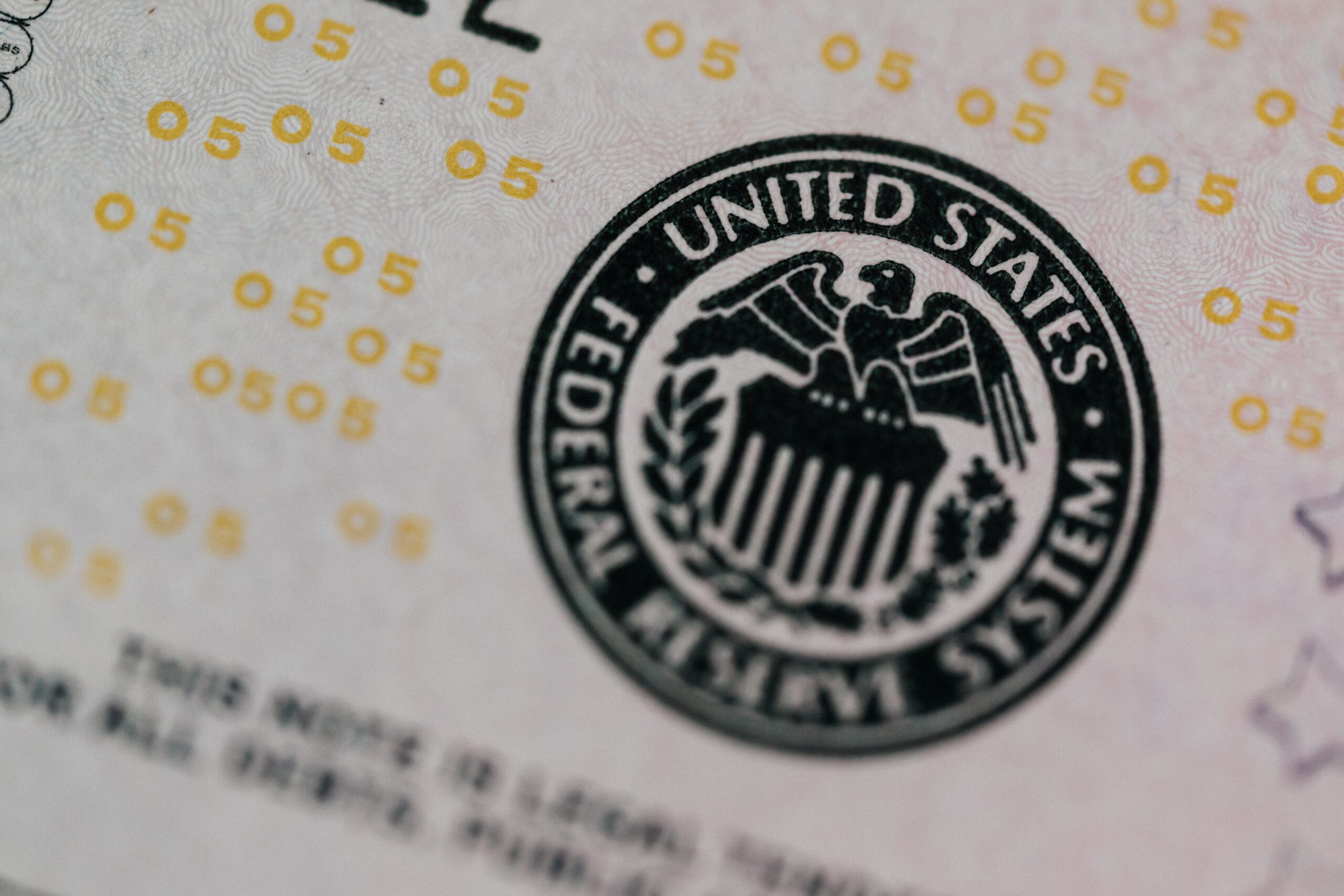
Morning Brief – Onto June
Onto June
A slew of strong US economic data over recent weeks had boosted expectations for how the culmination of the Fed’s two-day meeting would be presented to the public last night. The story goes back further. The narrative dominant in late-2023 of a US economy in need of restrictive monetary policy was unavoidable. The Goldilocks image of high growth and falling inflation left the US economy as the poster child for the global economy. However, for most of this year, inflation data has been routinely above expectation, showing that perhaps it’s not only growth and labour rates that are exhibiting persistent strength.
As a result of this shift, a lot had been expected of yesterday’s FOMC decision and press conference. Unfortunately, even second tier data released ahead of the event was able to shift the dial more than the Federal Reserve event itself. A mild spike in volatility ultimately left the Dollar a handful of pips higher versus the Euro and mildly weaker on trade weighted indices. For an event that had the options market bracing for the highest implied volatility event of the year, it plainly underwhelmed.
Despite some discussions surrounding the intricacies of recent data and quantitative tightening, one of the only key takeaways was the Fed’s consistency in the language used regarding future policy action. Based upon the market’s reaction it is clear there was an outlying expectation for the Chair to be stronger on the propensity for the Fed to take further action in the face of persistent inflation. Ultimately the statement and press conference reiterated the message that policy is “in a good place” to achieve the Fed’s objectives on inflation. Rather than signalling the Fed’s willingness to step in should inflation remain persistently high, the Chair reiterated that “persuasive evidence” would be needed for further tightening to be initiated. A non-event last night will only serve to kick the can down the road until the next meeting in early June.
Discussion and Analysis by Charles Porter

Related Insights

Daily Brief – Weren’t Tariffs USD Negative?
Weren’t Tariffs USD Negative? The Dollar proved sensitive to headlines regarding trade during the US overnight session. However, contrary to what many commentaries would have you believe, as the risk of tariffs escalated the Dollar rose. The 90-day pause following Trump’s April ‘liberation day’ tariffs had been set to expire this coming Wednesday. To the […]

Daily Brief – Dollar Reserves
Dollar Reserves With the passing of Trump’s original deadline for the reimposition of liberation day tariffs yesterday, markets have breathed a sigh of relief. July VIX futures continued to slide lower. Moreover, what may surprise anyone who had been expecting the issue of tariffs to resurface following the passing of Trump’s new deadline, so too […]

Daily Brief – Big Girls Don’t Cry
Big Girls Don’t Cry A bond market tantrum and one of the sharpest one day sell offs in Sterling for several years appear to have been catalysed by the Chancellor’s appearance in PMQs yesterday. First: the back story. This Labour government has faced some embarrassment in recent weeks trying to get its welfare bill through […]


